Categories
Subjects
Authors
Artists
Venues
Locations
Calendar
Filter
Done
May 17, 2024 – Review
Moyra Davey’s “Forks & Spoons”
Maddie Hampton
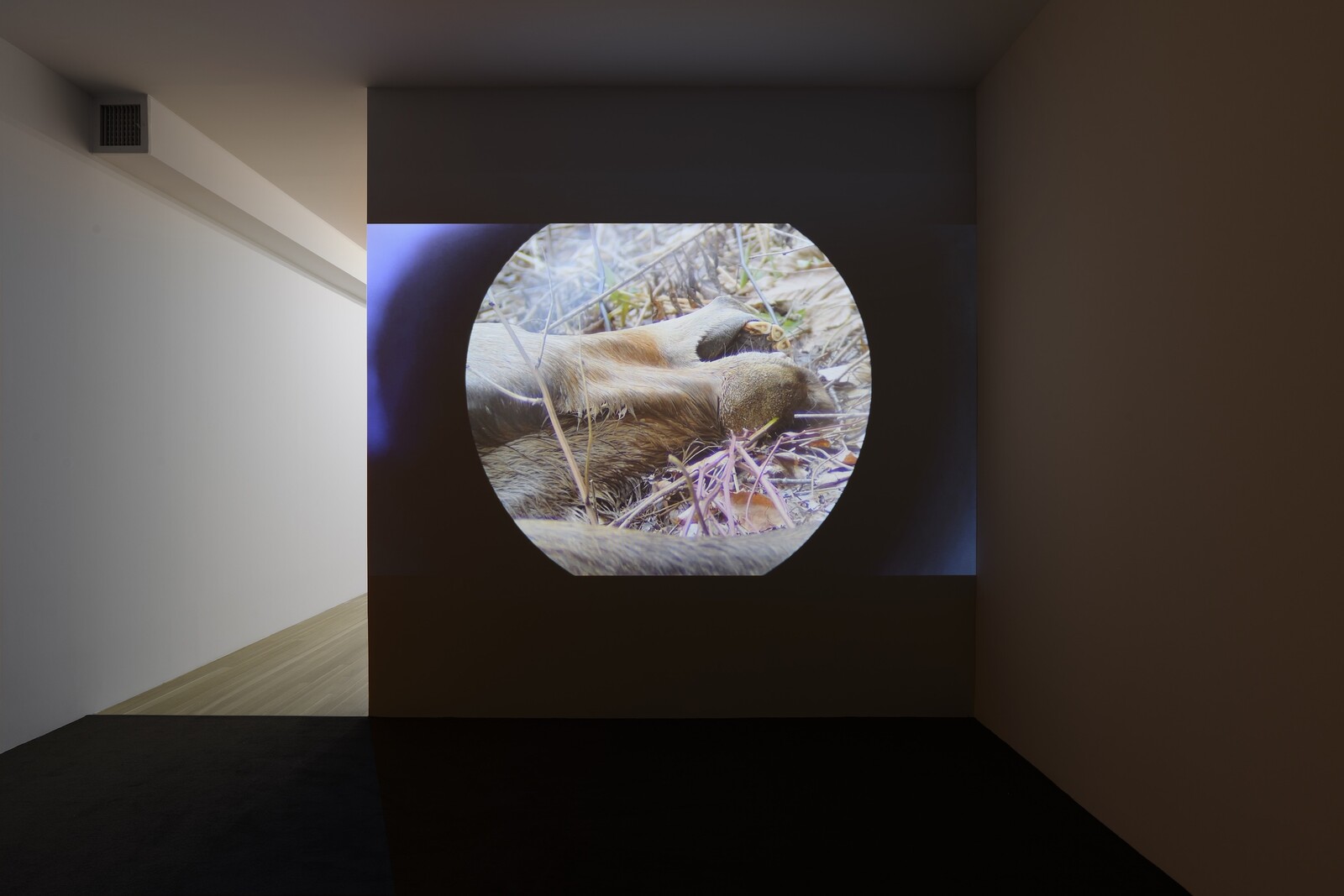
Moyra Davey’s latest film, Forks & Spoons (2024), studies the work of five photographers: Francesca Woodman, Carla Williams, Alix Cléo Roubaud, Justine Kurland, and Shala Miller. In her characteristic, essayistic style, Davey weaves together footage of herself pacing between moss-covered tree trunks to a voiceover narration that contextualizes the work of each artist within their respective biographies. Reprising a handful of motifs—close-ups of dog-eared book pages, sunlit corners, long shots of her hands methodically turning through photobooks, and other symbols of the daily and domestic—the film is screened alongside a curated selection of prints and photo books by each artist, so that it functions as a kind of coda for the wider exhibition. Though Davey maintains a porous boundary between cinematic and physical space, she accentuates the varying capacities of moving, still, and published images throughout the show, highlighting how each of these forms carries and conveys distinct meanings. Davey’s subject never shifts, but by translating it across forms, she successfully presents something closer to its totality.
Davey’s primary interest here is in many ways a style. Each of her chosen image-makers was or remains attuned to a particular pitch of self-capture: a feminized portraiture of long exposures, blurred movement, …
June 9, 2022 – Review
Anne Imhof’s “AVATAR”
R.H. Lossin
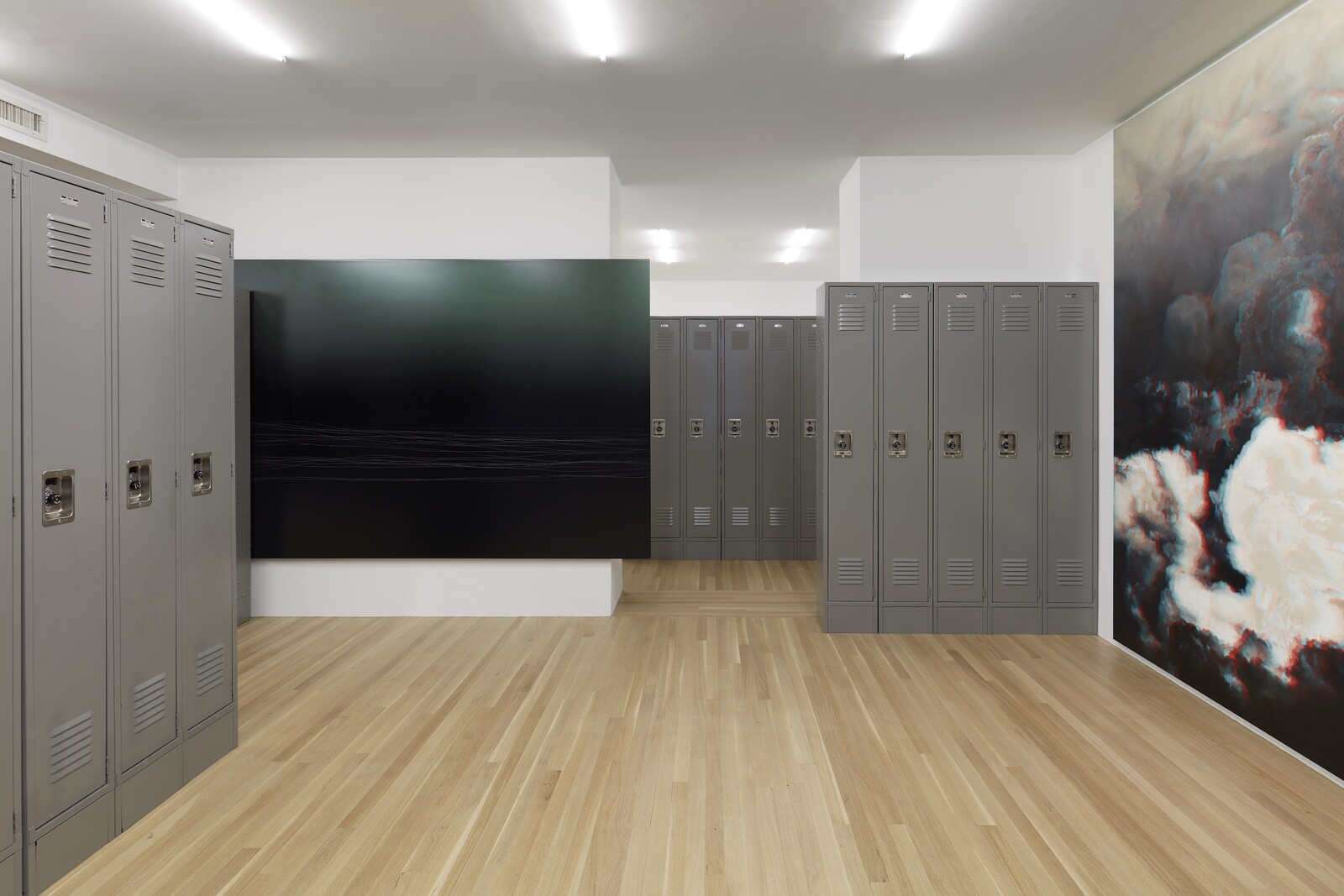
“AVATAR” is an installation featuring rows of industrial lockers, cored concrete blocks, a large, three-panel painting of clouds, figurative drawings, and new additions to Anne Imhof’s series of “Scratch Paintings”—large aluminum panels coated in custom automobile paint with patterns scratched into them by the artist. While no performance will be held here, it is impossible not to think of it as a set absent the actors—which, given the function of lockers and the potential density of bodies in a locker room, isn’t far-fetched, even if we bracket the German artist’s fame as a dramaturge. The lockers containing concrete blocks as a way of staging giant, slightly abstracted car doors is almost too literal if you have even a glancing, film-based familiarity with industrial production. The untitled cloud painting is compelling—beautiful in a Monet’s waterlilies sort of way. The drawings—mostly hung in a back space that functions as an office—are likely there so people have something to buy. The show is fine. Imhof is a talented painter and draughtswoman. One could leave it at that if it weren’t for the ghosts of bodies that might use the lockers on the way into a General Motors plant.
Imhof continues to describe herself …
March 23, 2021 – Review
Lucy McKenzie’s “No Motive”
Laura McLean-Ferris
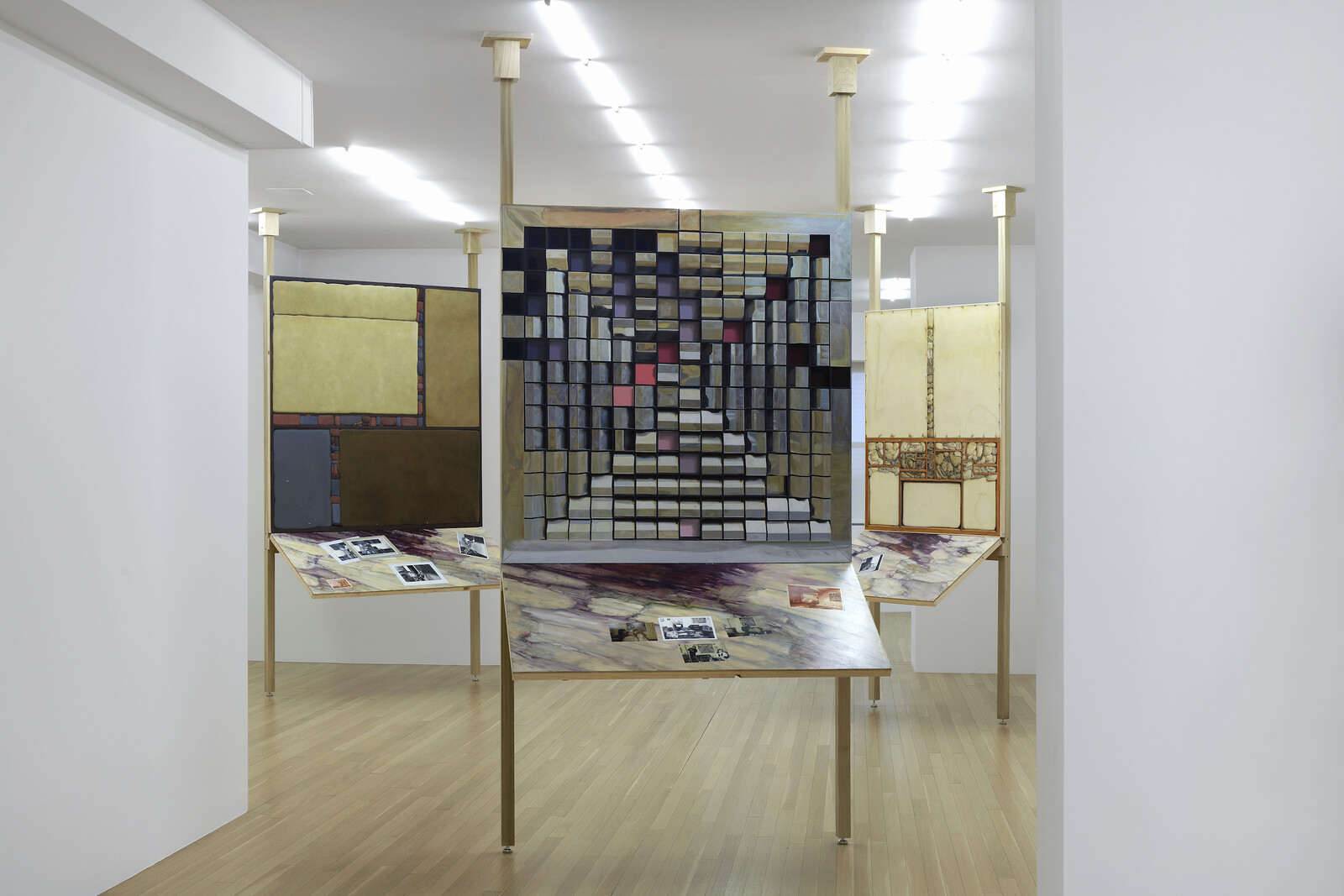
Aesthetic objects of art and design have unruly lives beyond their official business—they exist in homes, imaginations, shopping malls, state politics, and world histories in ways that are promiscuous and difficult to control. Over the last decade, Lucy McKenzie has depicted this pollination between forms in a captivating practice which unifies troubling, exciting, and mundane associative materials through the smoothing effects of style, most prominently trompe l’oeil painting.
Her exhibition at Galerie Buchholz’s New York space, “No Motive,” opens with Ethnic Composition (Moldova, Russian Ethnographic Museum) (2021), a kind of user guide to thinking through forms as composites of visual influence. Adopting the design of an informational display from the Russian Museum of Ethnography in St Petersburg, the artist painted a map of Moldova, divided into patches of cream, green, blue, and lilac, according to the styles of traditional dress in the country. On an “explainer panel” below, angled towards the viewer, we find, in place of any “key” to the data, six photographic prints: a mannequin in a museum display; a fashion illustration; a Mexican store mannequin dressed as “The Lady of Death”; a 1950s Russian department store mannequin; a young woman visiting a Moscow gallery; and, finally, an …
December 20, 2017 – Review
“Cosmic Communities: Coming Out Into Outer Space—Homofuturism, Applied Psychedelia & Magic Connectivity”
Alan Gilbert
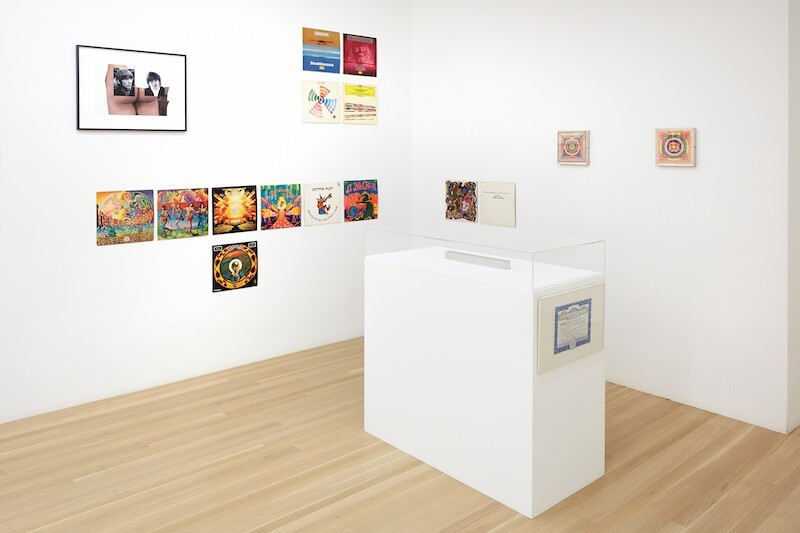
There is an astonishing sequence in Robert Mugge’s 1980 film Sun Ra: A Joyful Noise, a documentary about the great intergalactic avant-garde jazz musician, artist, and poet. It occurs when Sun Ra is playing a solo during his band’s—the Arkestra—performance in a Baltimore ballroom. Sun Ra stands in front of his synthesizer and makes a glorious cacophony of smashed and pounded notes. He then spins and turns his back to the keyboard, playing it with the tops of his fingers and hands. The music is quite literally meant to transport: Sun Ra believed that life on this planet was doomed, especially for people of African descent, and that his music and philosophy would carry people to other worlds. Even Jupiter would be better than the ongoing slave ship called Earth.
Sun Ra features prominently in “Cosmic Communities: Coming Out Into Outer Space—Homofuturism, Applied Psychedelia & Magic Connectivity,” a sprawling, ambitious, and occasionally overreaching exhibition organized by Diedrich Diederichsen and Christopher Müller for Galerie Buchholz. Eight Sun Ra vinyl record sleeves are included along with three of his original designs for other album covers—two in red swathes and lettering, one in shiny gold and black. Nearby vitrines contain over 50 black-and-white photographs …
January 12, 2016 – Feature
Julie Ault’s “afterlife”
Pedro Neves Marques

Dear Ted Kaczynski,
It will soon be twenty years since you entered prison. I saw that you finally changed your occupation status to “prisoner” in the Harvard alumni magazine, and that you’ve listed your eight life sentences as “awards.” Controversial as always. Twenty years have done a lot to New York… Luddite that you are, you’d hate it right now. Hell, I’m sure you’d be up for bombing the whole place! The thing is, there are so many tech start-ups, services, and businesses nowadays you wouldn’t know where to begin…
Julie Ault has a solo show at Galerie Buchholz’s new space uptown. I didn’t know that you had corresponded before, but in the show she says so, and who am I not to believe her? I’m sure you must have happened to discuss New York at some point. The city has always been a subject for her work—her life downtown in the 1980s, the artist’s collective Group Material. While Ault’s work has become more intimate, quieter, it’s definitely not mute. It’s just a different politics: of friendship, of details, her own affective archive.
Ault’s archive has traveled some: to the Museum für Gegenwartskunst, Basel; Culturgest, Lisbon (both 2013); and the 2014 Whitney Biennial …
October 29, 2013 – Review
Henrik Olesen’s “Hysterical Men”
Kirsty Bell
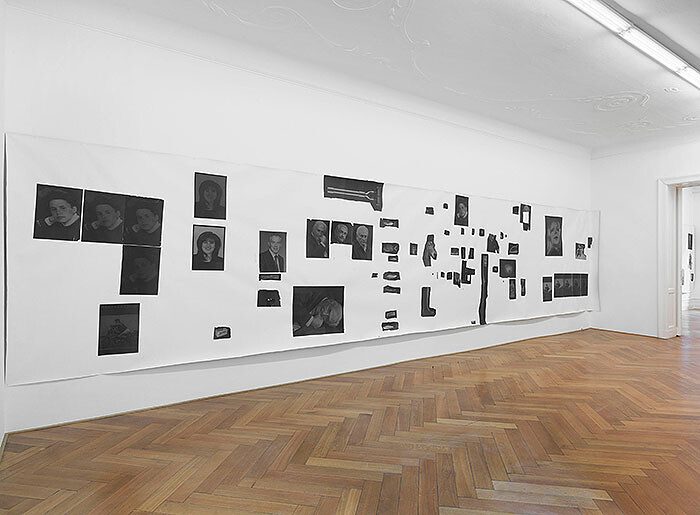
The aggressively roughshod aesthetic that characterizes Henrik Olesen’s work clashes immediately with the bourgeois atmosphere of Galerie Buchholz’s bel-étage apartment space: the exhibition press release and checklist have been stuck haphazardly onto the wall in the elegant entrance, while two further texts printed on adhesive transparencies are affixed to the hallway’s decorative mirror. Meanwhile, the doorway to one of the gallery’s main showrooms ahead has been dry-walled shut. On the glass panel of the door leading into a small reception room is one of the texts already encountered before, a list enumerating six different categories of sex, ranging from “AMBIGUOUS SEX” to “PATRIARCHAL SEX.” Further documents are affixed to the room’s other surfaces: excerpts from Robert Walser’s hypnotic 1917 novella The Walk; or the colophon from Polysexuality, a book published by Semiotext(e) in 1981, which seems to be the source of the aforementioned sexual classifications. The list itself appears again, so repeatedly in fact that it becomes a confrontation. Where do we place ourselves on this index of sex? And what about the artist himself?
The stately self-assurance of the gallery’s rooms is undermined by further unkempt details. There are visible nail holes and screw plugs in the walls that …
November 16, 2012 – Review
Nairy Baghramian’s “Fluffing the Pillows”
Katharina Neuburger
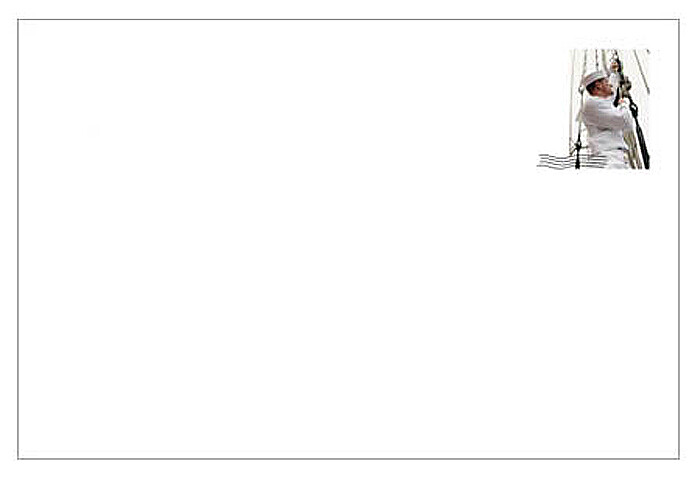
All of the signifiers are already there: a postage-stamp image of a sailor in full sailor garb hoisting a mainsail, the stylized trace of its having already been posted, the otherwise blank postcard just waiting to be filled with some carefree lines about warm summer evenings. It’s the invitation to Nairy Baghramian’s latest exhibition at Galerie Buchholz, Cologne, “Fluffing the Pillows,” and the show has already begun while puzzling over this printed matter. Like the invitation, the entire show is replete with tropes ripped from their familiar setting and thrown into a rough conceptual sea of references.
Entering the first space of the gallery’s two venues, we are immediately confronted with News Rack (Boat Magazine) (all works 2012). It’s a news rack, yes, but an elegant one at that, and there’s a magazine displayed in its clutches. The magazine itself turns out to be a slyly playful exhibition catalogue printed for Baghramian’s Kunsthalle Mannheim show under the auspices of the 2012 Hector Prize. Combining theoretical essays and installation views of her work in the guise of an upscale boating magazine, the piece serves as a guideline for the heady work required of visitors to the Cologne show. Facing News Rack (Boat …